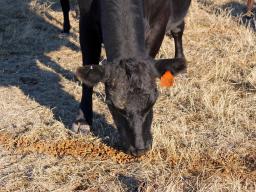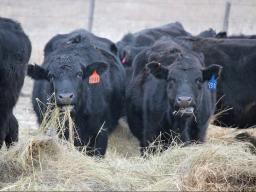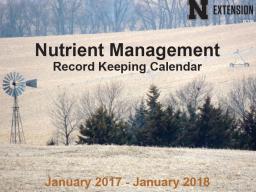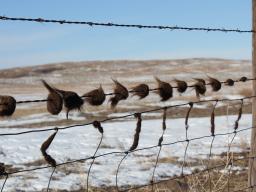 As the above average fall temperatures give way to winter conditions cattle lice numbers will increase. Cattle lice are a cold season insect that thrives in very cold conditions. Populations are most noticeable during December, January, February, and decline during March when temperatures warm. Lice Continue reading…
As the above average fall temperatures give way to winter conditions cattle lice numbers will increase. Cattle lice are a cold season insect that thrives in very cold conditions. Populations are most noticeable during December, January, February, and decline during March when temperatures warm. Lice Continue reading…
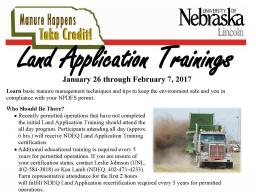 Eight Nebraska Extension offices across the state will offer workshops in January and February providing livestock and crop farmers with information on how to turn manure nutrients into better crop yields while protecting the environment.
Eight Nebraska Extension offices across the state will offer workshops in January and February providing livestock and crop farmers with information on how to turn manure nutrients into better crop yields while protecting the environment.
Livestock producers with livestock waste control facility p Continue reading…
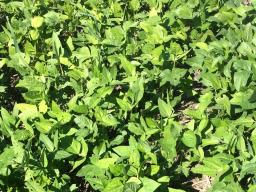 One expected benefit of using legumes as a cover crop is to provide a source of nitrogen (N) to the cropping system. However, when legumes are included in mixtures with grasses and broadleaves for a relatively short growing period, the amount of actual fixed N may be relatively low. Even when plante Continue reading…
One expected benefit of using legumes as a cover crop is to provide a source of nitrogen (N) to the cropping system. However, when legumes are included in mixtures with grasses and broadleaves for a relatively short growing period, the amount of actual fixed N may be relatively low. Even when plante Continue reading…
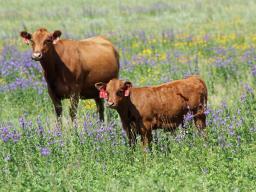 What are pillars to beef productivity? Grazing, reproduction, economics, and cattle health are key to beef profitability and will be covered in half-day workshops across Nebraska by beef specialists and educators.
What are pillars to beef productivity? Grazing, reproduction, economics, and cattle health are key to beef profitability and will be covered in half-day workshops across Nebraska by beef specialists and educators.
“Ranching for Profitability” meetings will be held from 10 am to 2 pm (local time) Continue reading…
 As the above average fall temperatures give way to winter conditions cattle lice numbers will increase. Cattle lice are a cold season insect that thrives in very cold conditions. Populations are most noticeable during December, January, February, and decline during March when temperatures warm. Lice Continue reading…
As the above average fall temperatures give way to winter conditions cattle lice numbers will increase. Cattle lice are a cold season insect that thrives in very cold conditions. Populations are most noticeable during December, January, February, and decline during March when temperatures warm. Lice Continue reading…


